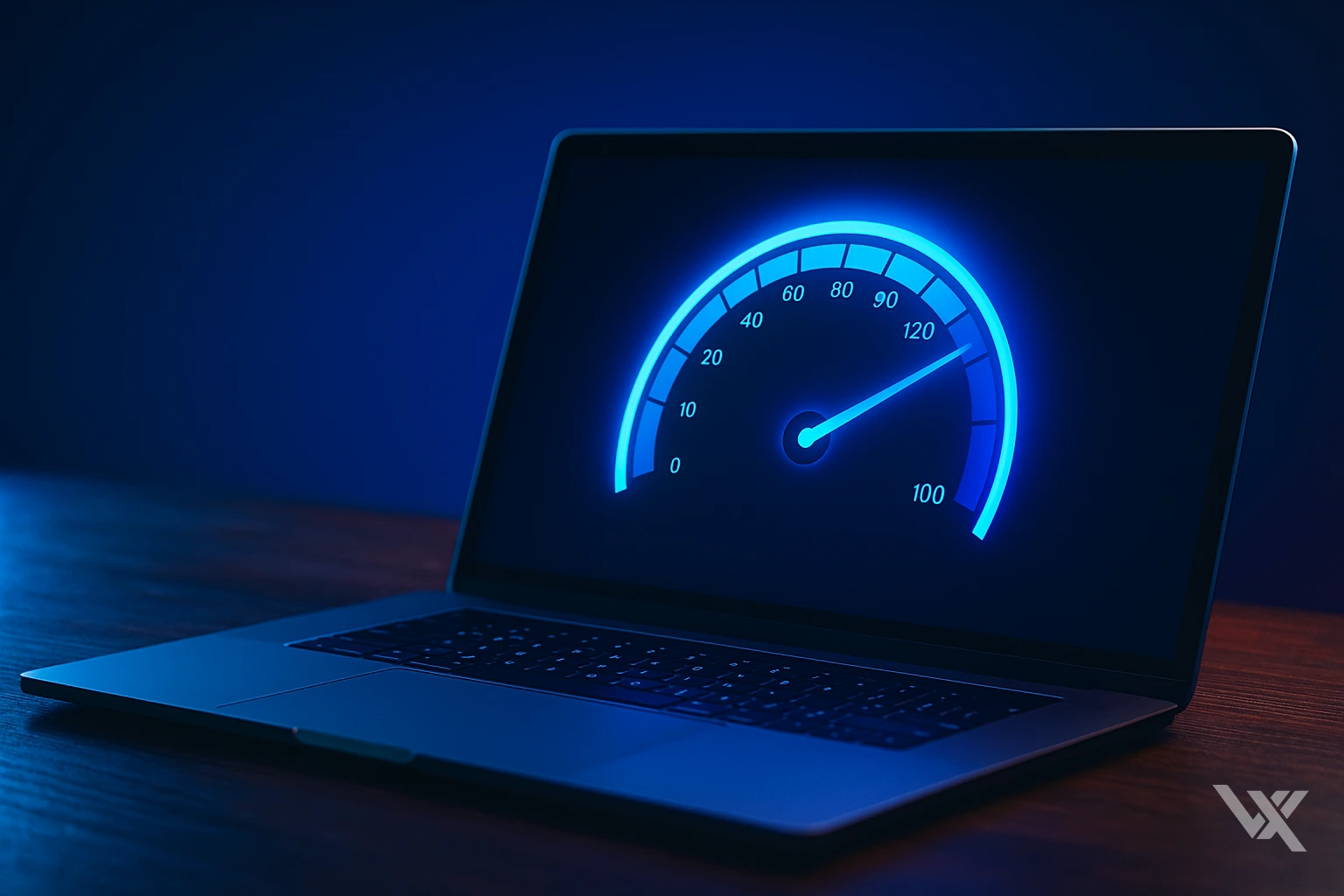The digital landscape has fundamentally shifted. What was once "fast enough" for websites in 2019 is now actively costing businesses millions in lost revenue. Recent studies from Google and industry leaders paint a stark picture: every additional second of load time translates to a 20% drop in conversion rates.
The New Performance Baseline
Consumer expectations have evolved dramatically. Mobile users now expect pages to load in under 2 seconds, while desktop users have even less patience. This isn't just about user experience—it's about staying competitive in an increasingly crowded digital marketplace.
Consider these 2025 statistics:
- 73% of mobile users abandon sites that take more than 3 seconds to load
- A 1-second delay in page response can result in a 7% reduction in conversions
- Site speed is now a direct ranking factor for both mobile and desktop searches
- E-commerce sites lose $2.6 billion annually due to slow loading times
The Revenue Impact
The financial implications are staggering. Amazon found that every 100ms of latency cost them 1% in sales. For a company generating billions in revenue, that's tens of millions of dollars tied directly to website performance.
Small businesses aren't immune to this impact. A local service company we worked with saw a 34% increase in form submissions after reducing their page load time from 4.2 seconds to 1.8 seconds. The improvement required minimal investment but delivered substantial returns.
Beyond Conversions: The Compound Effect
Speed impacts more than just immediate conversions:
- SEO Rankings: Google's Core Web Vitals now heavily influence search positions
- Brand Perception: Slow sites create negative first impressions that are hard to overcome
- Customer Retention: Fast sites encourage exploration and return visits
- Competitive Advantage: In saturated markets, speed can be the deciding factor
The Technical Reality
Achieving sub-2-second load times isn't just about faster hosting. It requires a comprehensive approach:
Core Web Vitals Optimization
Google's Core Web Vitals—Largest Contentful Paint (LCP), First Input Delay (FID), and Cumulative Layout Shift (CLS)—must be at the forefront of any performance strategy. These metrics directly correlate with user experience and search rankings.
Modern Development Practices
Technologies like server-side rendering, edge computing, and progressive web apps aren't luxury features—they're necessities for competitive performance. The businesses thriving in 2025 are those that invested in these technologies early.
"Bottom line—shaving seconds off load times is the easiest ROI lever most businesses never pull. While competitors debate color schemes, smart companies optimize performance and watch their revenue grow."
Taking Action
The good news? Website speed optimization delivers one of the highest returns on investment in digital marketing. Unlike paid advertising or content marketing, performance improvements provide compounding benefits that grow over time.
Start with these immediate actions:
- Audit your current Core Web Vitals scores using Google PageSpeed Insights
- Identify your largest performance bottlenecks
- Implement image optimization and lazy loading
- Minimize JavaScript and CSS bloat
- Consider a content delivery network (CDN)
The businesses that understand and act on these performance imperatives will dominate their markets. Those that don't will continue wondering why their competitors are outperforming them.
Ready to stop losing revenue to slow load times? Book a 30-min Speed Audit →

